10 Fall Safety Tips For Dogs – Adventure Wisely!
Fall’s right around the corner. Aren’t you looking forward to cooler weather, beautiful landscapes, and so many sights to see with your very best friend?
But first, make sure you’re prepared with these 10 essential fall safety tips for dogs:
- Stop fleas, ticks and mosquitoes!

You’ve had to worry about pests all through the summer months, but they can be even more aggressive in the fall. Cooler weather brings increased precipitation and more damp areas that these bugs love to hide in.
What’s worse, some pests are becoming resistant to conventional flea and tick preventatives. You may have to use more than one product to keep pests under control. For example, you might need to use a monthly product, and then use a spray just before entering wooded areas. Not all products are safe to use in combination, so ask your vet if you’re unsure.
- Use a reliable lead.
When it’s muddy, your lead can get damp, and if it’s of low quality, it’s going to break down eventually. It might even snap when you least expect it. Weakened by dampness, can snap when your dog puts pressure on it, leaving you with a loose dog in the middle of the trail.
Make sure your lead is designed to withstand years of adventure. Don’t go anywhere this fall before looking at our rope leads.
- Always pack water.

No matter how far you think, you’ll go, always pack more water than you think you’ll need for your adventure. You may want to fill an extra water bottle just for your dog. When pouring water into their collapsible travel bowl, which comes with our 3-in-1 travel bag, only pour just as much as you think your dog will drink, or a little less, and add water as a start to finish what’s already in their bowl. That way, you won’t waste water, and you’ll still have fresh, clean water left for the next time you stop.
- Overprepare for every hike.

Did you know that the most dangerous hikes are short, spontaneous ones? You may be tempted to go onto an “easy” 1-kilometre trail without any supplies, thinking that you won’t need them. It’s so easy to get lost on those short hikes or to run into obstacles that make them take much longer.
- Leave wildlife alone.

It might seem tempting to let your dog chase squirrels or birds as a way to get some exercise. But this frightens wild creatures, who are equipped with teeth and claws of their own. Your dog can get an infection from even a superficial scratch or bite. If your dog does manage to catch prey, they can get any number of illnesses.
Also, if your dog has poor recall, they can run into so many kinds of wild animals. Dogs can chase or try to make friends with wildcats, hedgehogs, or foxes, all of which can carry diseases that your dog can contract.
Hawks can prey on small dogs, believing them to be large rodents. It’s awful, but true.
Unless your dog is 100% recall trained, and always stays right by your side on hikes, there’s no good reason to risk letting them off-lead.
- Don’t let your dog eat mushrooms.

While you shouldn’t let your dog eat anything while you’re out on a walk, mushrooms are particularly problematic. Though most types are safe, they’re very difficult to distinguish from poisonous varieties.
- Keep your dog away from foxtails.

Foxtail grass seeds are aggressive little seeds that can land on your dog’s body and lodge themselves in your dog’s skin. They can travel inside the body, and even reach the brain or internal organs, where they can cause fatal damage. Death from foxtail grass seeds is rare. However, they’re still likely to cause painful tissue damage. Be wary of tall grasses, and keep your dog on the trail when you go hiking in wooded areas.
- Use reflective gear.

As you may still be accustomed to long summer days, the sun may set sooner than you might expect. Using a reflective lead, jacket and/or collar as your regular, everyday gear is the best way to make sure your dog is always prepared to walk in the dark. Both you and your dog should be visible to passing cars who may not see you on the road. This is especially true if you walk around areas with no pavement, or in wooded areas where people may hunt.
- Don’t let your dog eat fallen fruit and nuts.

Black walnuts are incredibly poisonous to dogs if ingested. Acorns are less toxic but can cause gastric obstruction. Also watch out for fruits like peaches and cherries, which have pits that can pose a choking hazard if your dog tries to eat them.
- Don’t miss photo opportunities!

Now for a fun tip: take lots of photos! The fall is the best time to take advantage of natural light and the gorgeous colours of falling leaves. Try taking your dog to a dog-friendly pumpkin patch, or get pictures of them at the golden hour – the first and last hour of sunlight in the day that brings the best natural lighting for photos.
And don't forget it's all about Dogs, It's all about Love, It's all about Sharing.![]()

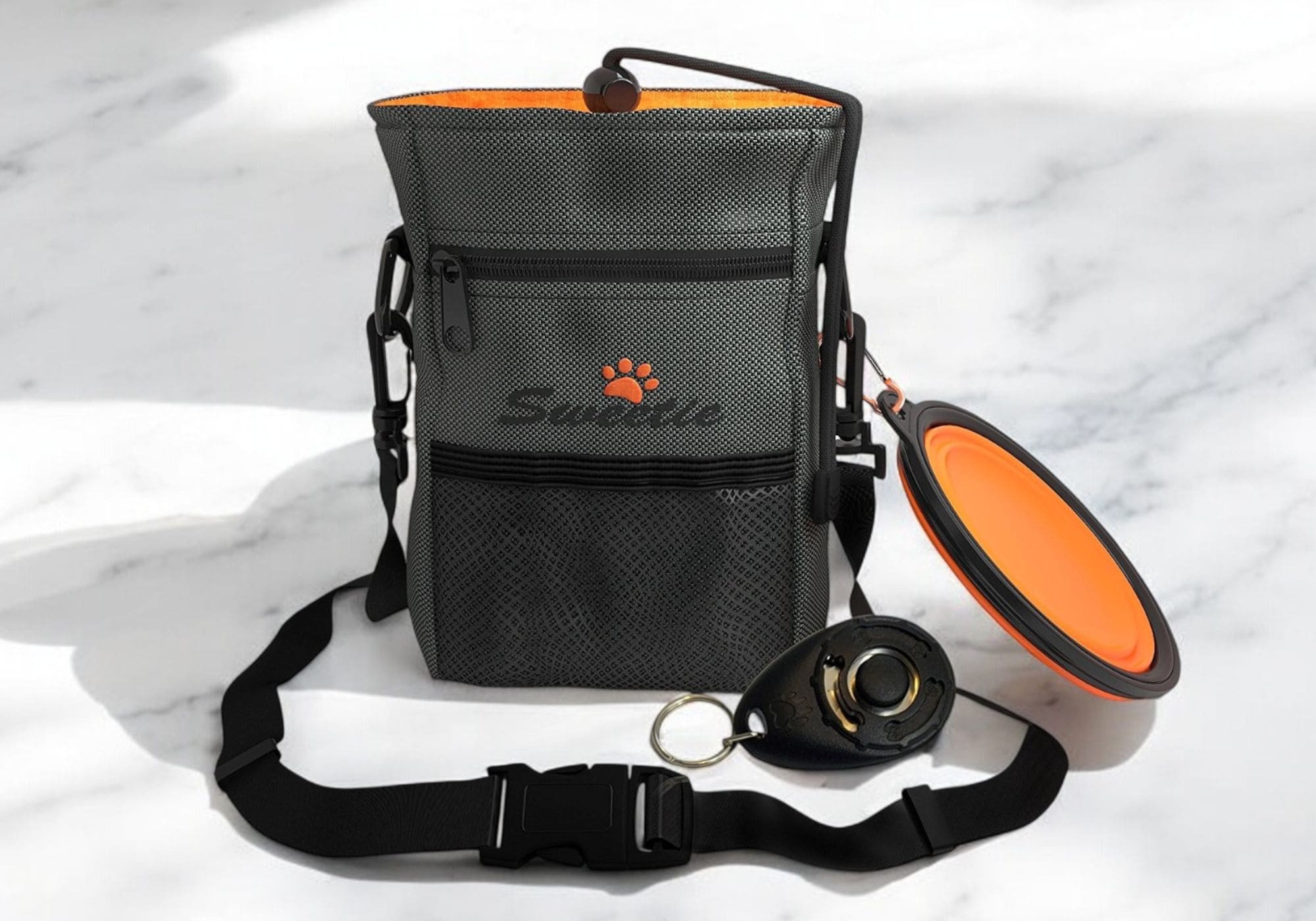
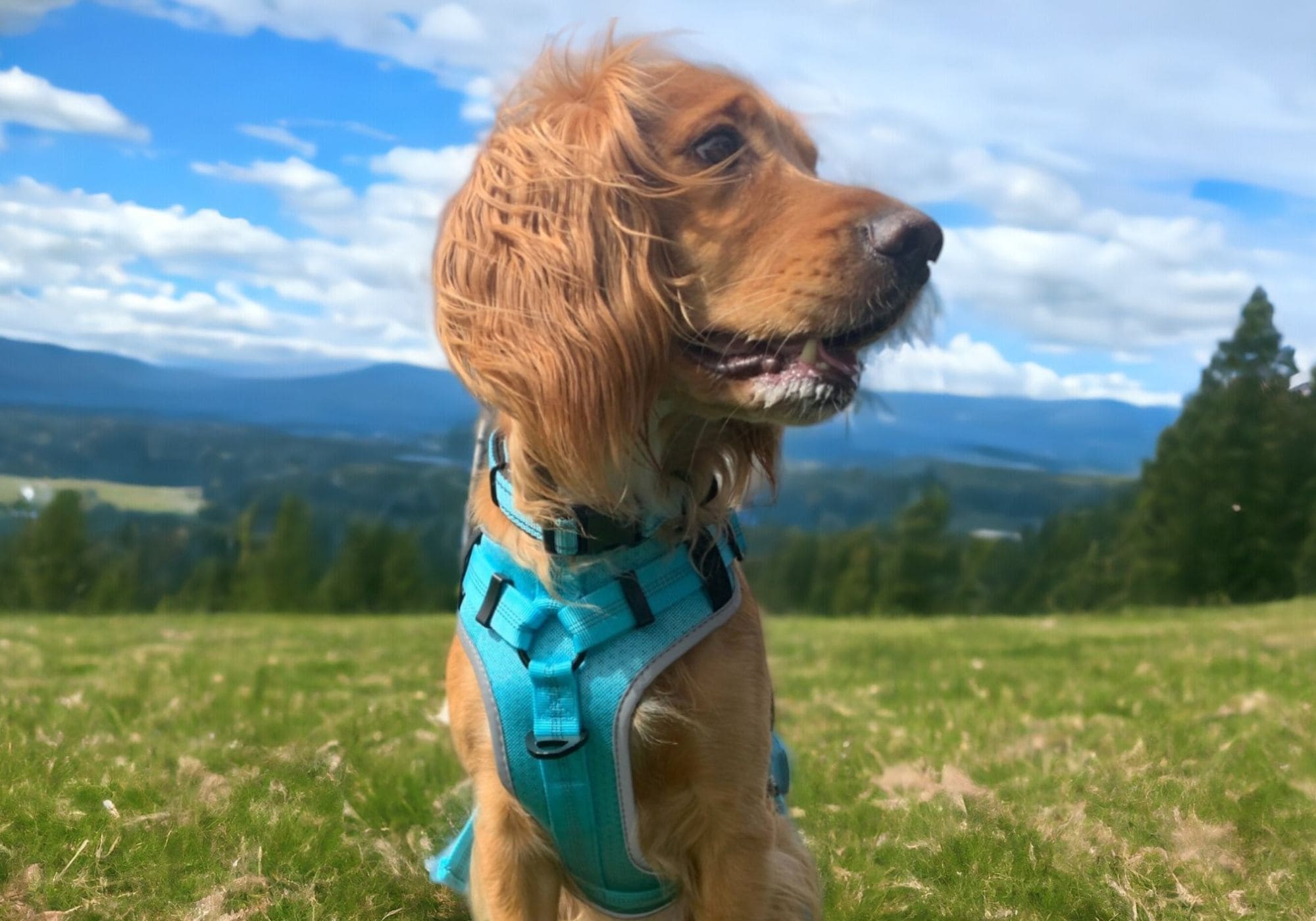
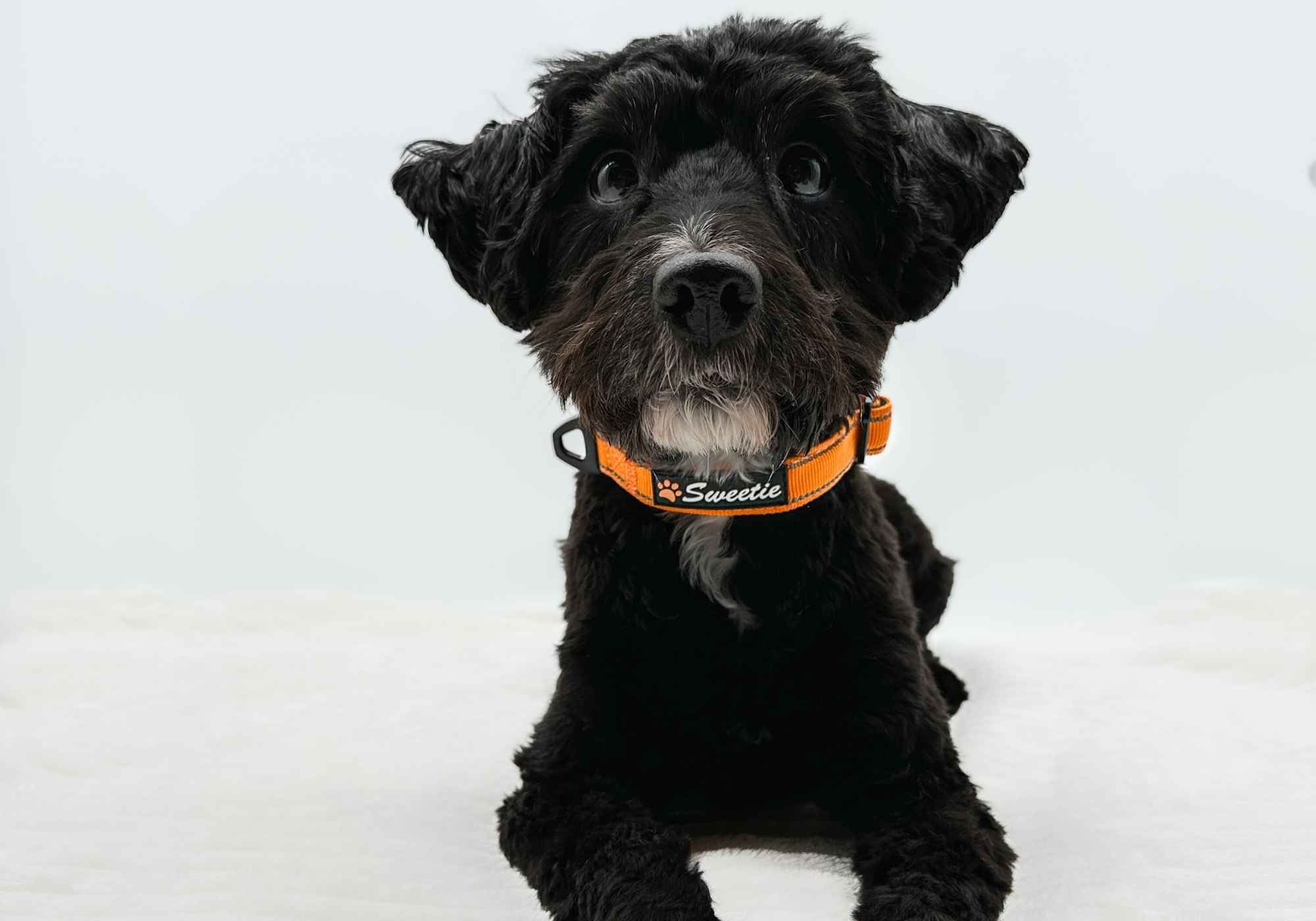
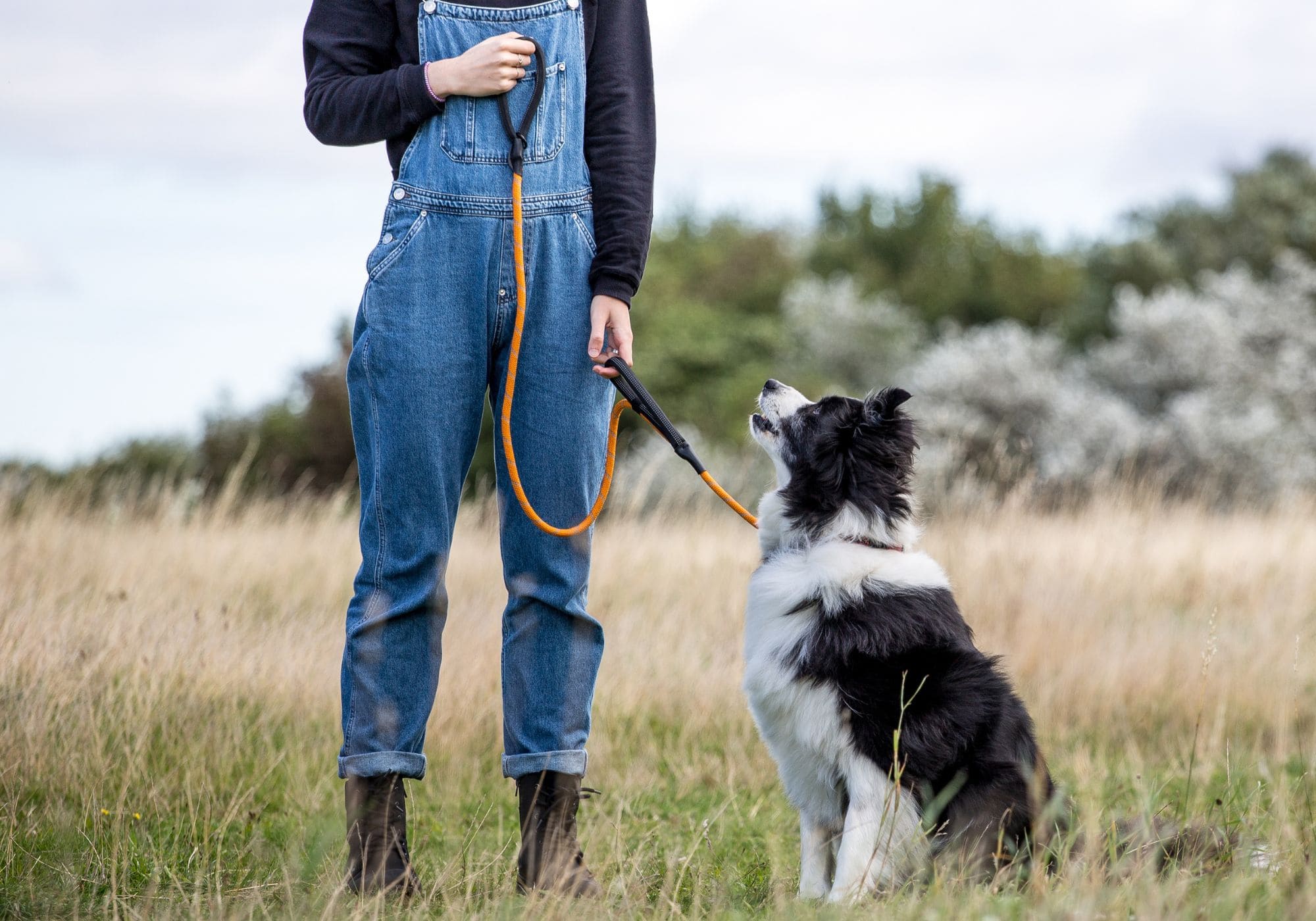
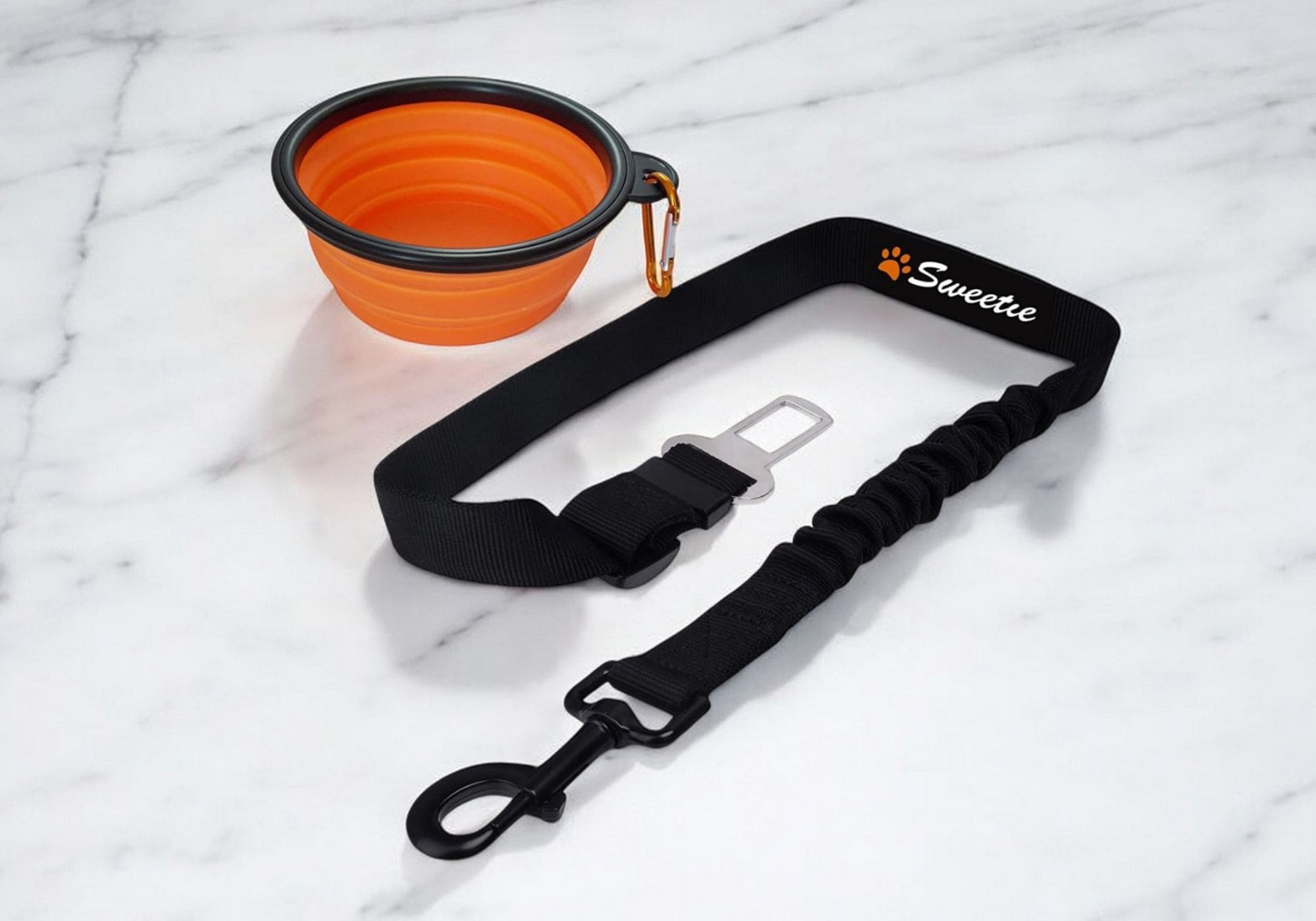
Leave a comment